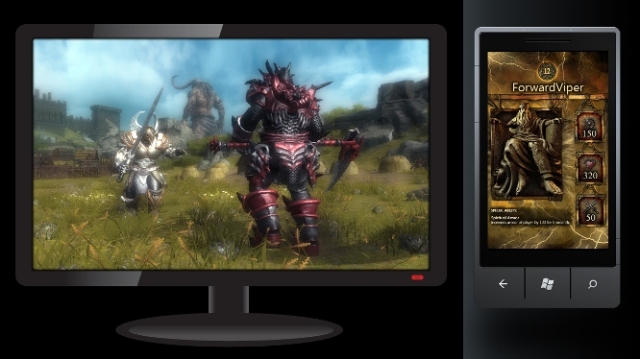Phil Spencer on Xbox Live, SmartGlass, cloud
After launching on the original Xbox back in 2004, Xbox Live Arcade matured when it made the leap to the 360 and became home to an impressive stable of downloadable titles from small and independent developers. More recently, however, scores of indies have retreated from XBLA in favor of platforms such as Steam, iOS and Android. Corporate Vice President of Microsoft Studios Phil Spencer, speaking with Games Industry International, addressed the current role indie developers play in the Xbox Live Arcade landscape.
“The term indie does not necessarily mean ‘small.’ Some of the most independent studios I’ve ever met are some of the largest studios I’ve ever met,” said Spencer. “I think if what we’re saying is if there is content available for Xbox at multiple price points, both from what it costs to build the content and buy the content, or does everything have to compete at $60 and beyond? I’m really happy with the different price points that we see on Xbox; we just put out Minecraft last month and sold 2 million units. Trials came out and did incredibly well. Further down on price point, I’m playing The Walking Dead, which is an episodic game for $5 or so [Editor’s Note: The two episodes currently sell for 400 Microsoft Points each], forgot the exact price. We have price points for content across the 360.
“The nice thing is we have successes at these different prices; there are real businesses that can be made at the different levels that are available. That’s a strength of the Live marketplace.”
It is at this point no secret at all that the platform holder has designs on ruling all aspects of home entertainment. Spencer reiterated this point, saying that its “ambition is to create an entertainment platform for everyone on the planet.” Key strategic partnerships and a large variety of offerings are a part of that strategy, as is Xbox Live. “Live and the connected service is pretty key to what we do,” he said.
“Xbox is a brand,” the vice president added. “You have Xbox SmartGlass across all these screens; Xbox games on my Windows phone, Xbox music, Xbox video and it’s a big focus.” As far as Microsoft is concerned, using cloud storage to stream data across as many different platforms as possible will be a key component of getting its content onto those platforms down the road. Spencer believes the time isn’t quite right for the cloud to step into the forefront yet; however, he is of the opinion that the music, movies and games are all caught adrift in a wind that will inevitably deposit them into the cloud. He concluded that the “when” of that occurrence is the central point of debate currently surrounding cloud delivery of games.
Speaking of streaming content to additional streams, much time was dedicated during the Big Three’s E3 media briefings last month to discussing the Second Screen. For Microsoft, that meant SmartGlass, which will integrate with upcoming XBLA titles such as Signal Studios’ Ascend: New Gods. Spencer was asked if, as many have assumed, the tablet/mobile phone app is a direct reaction to Nintendo’s upcoming Wii U console that will ship with a tablet controller. Such is not the case, according to Spencer.
“No, our SmartGlass was driven by the fact that people use multiple devices at home to consume content,” was his response to a direct question about the app being a response to Wii U. “Whether they’re watching TV with their laptop up or sitting with their phone while browsing the web, we could use the power of Live to connect all these devices in an intelligent way and turn your TV into a smart TV.”
Continuing, Spencer even flipped things around, implying, perhaps not completely without evidence, that the Big N actually siphoned a few tricks out of Microsoft’s tank. He said that Nintendo is “building a platform that is effectively a 360 when you think of graphical capability. Now they are really making an on-ramp for the back catalog of games that are on 360. It is easy for those games to move over the Wii U. They’ve moved the buttons around, and they’ve made a controller that feels familiar for 360 gamers, so I get why they are putting those pieces together.”
Source: Games Industry International



